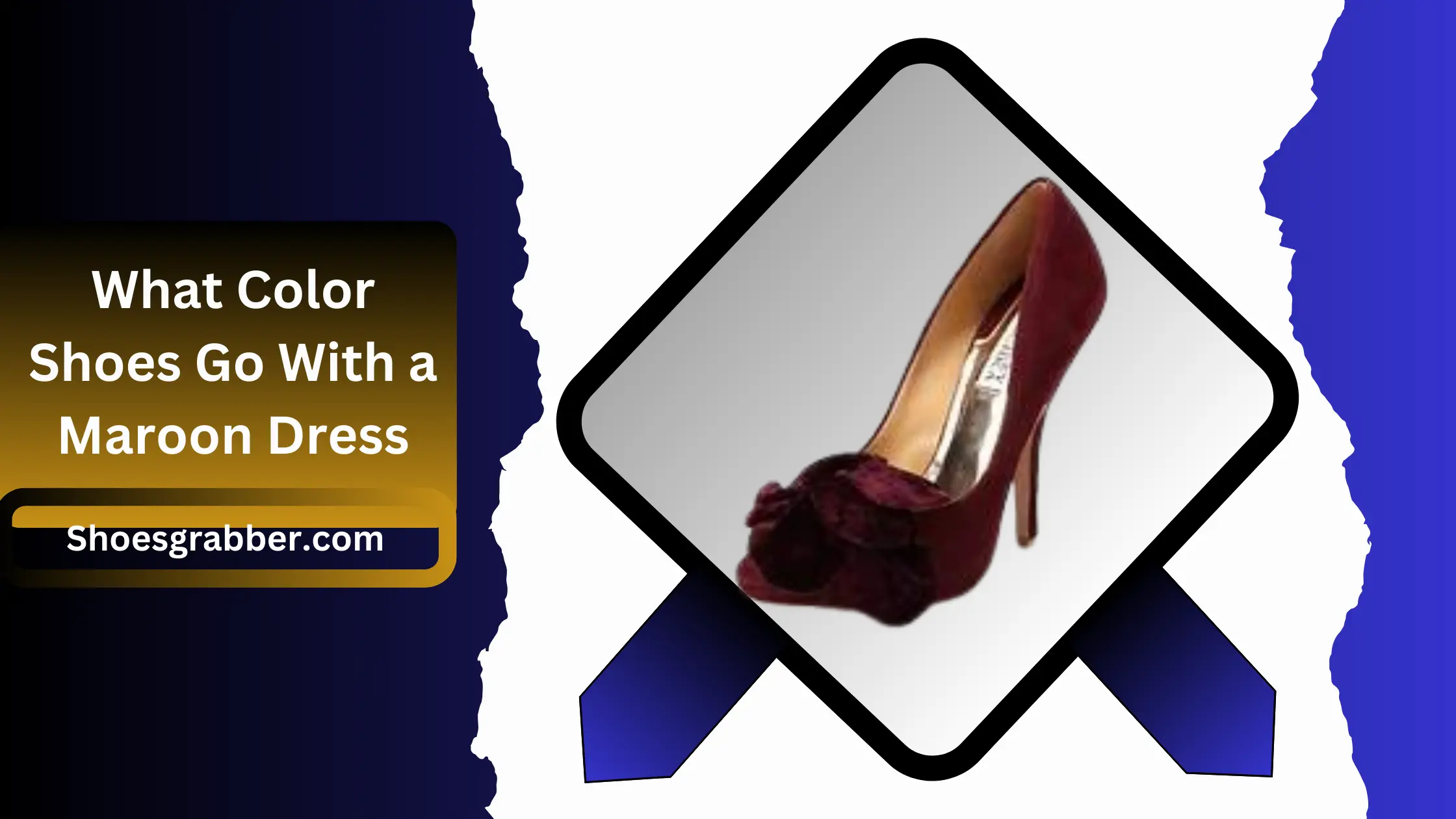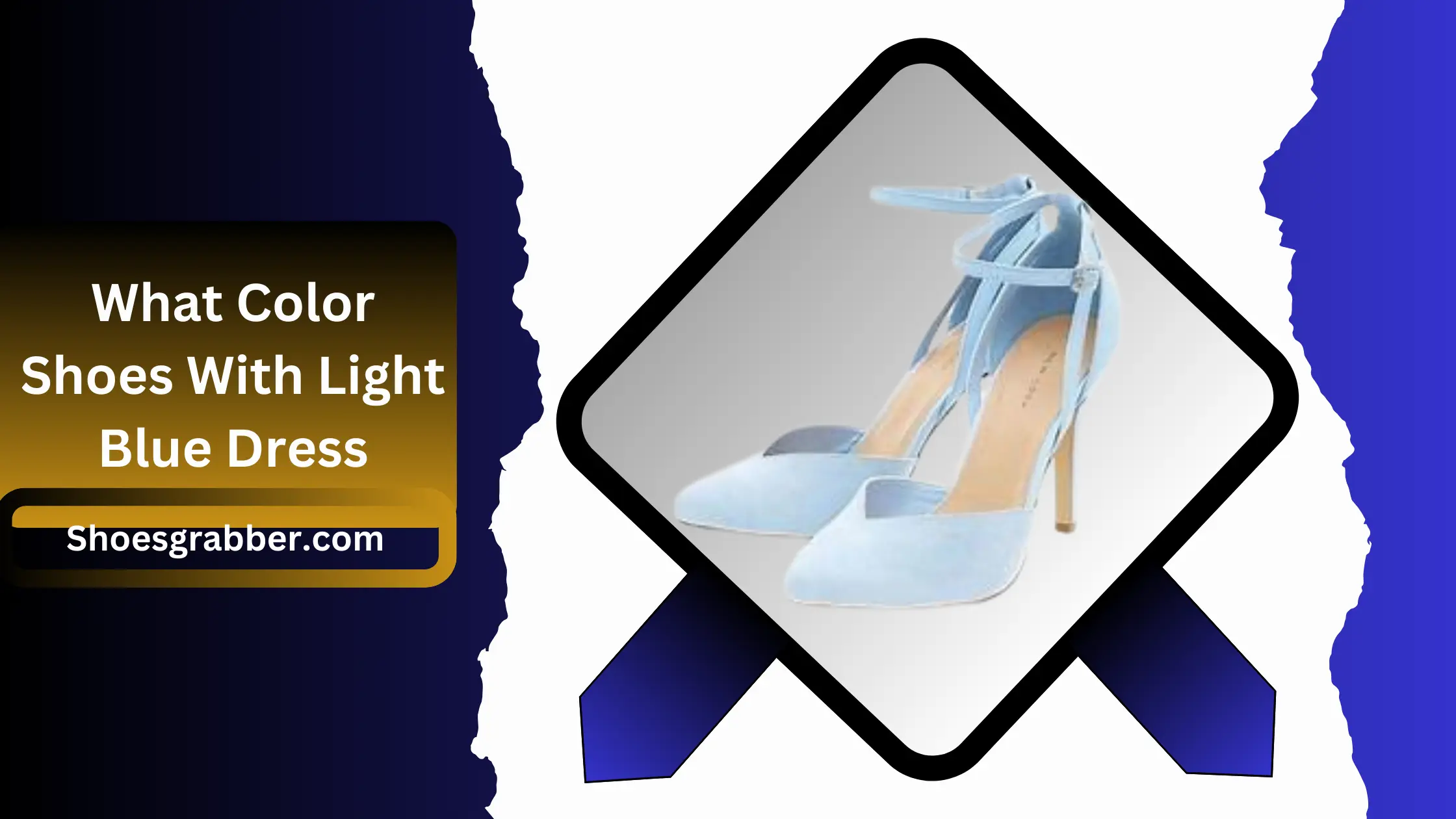If you own a vehicle, you’ve probably heard of brake shoes. Although they might sound like small items that don’t really matter, brake shoes are actually incredibly important in ensuring the safety and proper function of your car. In particular, two common types of brake shoes are often discussed when it comes to automotive repair: 4707 and 4515-style brakes.
What exactly is the difference between these two brake shoe varieties? In this blog post, we will explore what makes them unique from one another so that you can make an informed decision on which type suits your vehicle best.
4707 vs 4515 Brake Shoes: What’s the Difference?
When it comes to selecting the right brake shoes for your vehicle, there are a few key differences between 4707 and 4515 styles that you should be aware of. While both types serve the same purpose of slowing down or stopping your car, they have some distinct characteristics that set them apart.
Size
One of the main differences between 4707 and 4515 brake shoes is their size. The number in the name of each type refers to its diameter in inches. Therefore, 4707 brake shoes have a diameter of 47mm while 4515 brake shoes have a diameter of 45mm. This slight difference in size can impact how effectively the brakes work on your specific vehicle.
Compatibility
Another important factor to consider is compatibility. 4707 brake shoes are typically found on heavier vehicles such as trucks and trailers, while 4515 brake shoes are often used on lighter vehicles like cars and smaller trucks. It’s important to make sure that the type of brake shoe you choose is compatible with your specific vehicle.
Material
4707 and 4515 brake shoes also vary in terms of the material they are made from. 4707 brake shoes are typically made from cast iron, while 4515 brake shoes can be found in both cast iron and steel. The type of material used can impact the durability and performance of the brake shoes.
Price
Another factor to consider is price. Generally, 4515 brake shoes tend to be slightly more expensive than 4707 brake shoes due to the different materials used and their compatibility with different types of vehicles.
Wear and Tear
Due to their size and design, 4707 brake shoes tend to experience less wear and tear compared to 4515 brake shoes. This is because the larger surface area of the 4707 brake shoe allows for more even distribution of friction, resulting in less strain on the brakes.
Maintenance
When it comes to maintenance, 4707 brake shoes are typically easier to replace and require less frequent replacement. However, this also depends on the type of vehicle and driving habits.
Performance
In terms of performance, both types of brake shoes are designed to provide reliable stopping power for your vehicle. However, due to their different sizes and materials, 4707 brake shoes may have slightly better performance in certain situations.
Personal Preference
Ultimately, the decision between 4707 and 4515 brake shoes may come down to personal preference. Some drivers may prefer the slightly larger size and lower maintenance of 4707 brake shoes, while others may not notice a difference between the two types.
The Key Distinctions Between 4707 and 4515 Brake Shoes: Which One is Right for You?
Now that we have examined the main differences between 4707 and 4515 brake shoes, it’s important to consider which one would be best suited for your specific vehicle. Here are a few key points to keep in mind when making your decision:
Vehicle Type
As mentioned previously, compatibility with your vehicle is an important factor to consider. 4707 brake shoes are more commonly used on heavy-duty vehicles, while 4515 brake shoes are better suited for lighter vehicles.
Driving Habits
If you frequently drive in stop-and-go traffic or engage in heavy braking, you may want to opt for 4707 brake shoes due to their durability and resistance to wear and tear.
Budget
While there may not be a significant difference in price, it’s still important to consider your budget when selecting between 4707 and 4515 brake shoes. Additionally, keep in mind that the material and compatibility of the brake shoe can also impact its cost.
Personal Preference
Finally, as mentioned earlier, personal preference can also play a role in your decision. If you have had positive experiences with one type of brake shoe in the past, you may prefer to stick with that option.
Consult a Professional
If you are still unsure which type of brake shoe to choose, it’s always best to consult with a professional automotive technician. They can provide personalized recommendations based on your specific vehicle and driving habits.
Benefits of 4707 Brake Shoes: Why Choose this Type?
While both 4707 and 4515 brake shoes have their own set of pros and cons, there are a few specific benefits that come with choosing 4707 brake shoes:
Durability
Due to their larger size and ability to withstand more pressure, 4707 brake shoes tend to be more durable than 4515 brake shoes.
This can save you money in the long run by reducing the need for frequent replacements.
Compatibility
If you own a heavy-duty vehicle, 4707 brake shoes are likely to be the best option for compatibility and performance. 4515 brake shoes may not be suitable for larger vehicles due to their smaller size.
Performance in Challenging Conditions
The larger size and material of 4707 brake shoes make them more effective at providing stopping power in challenging driving conditions such as inclement weather or steep inclines.
Reduced Maintenance
Due to their durability and ability to withstand more wear and tear, 4707 brake shoes typically require less frequent maintenance compared to 4515 brake shoes. This can save you time and money in the long run.
Greater Safety
Ultimately, the main purpose of brake shoes is to help you safely slow down and stop your vehicle. 4707 brake shoes not only provide reliable performance, but their durability can also contribute to safer driving overall.
Benefits of 4515 Brake Shoes: Why Choose this Type?
While 4707 brake shoes may have some advantages, there are also benefits to choosing 4515 brake shoes:
Compatibility
For lighter vehicles, such as cars and smaller trucks, 4515 brake shoes are typically the best option for compatibility and performance.
Cost
In most cases, 4515 brake shoes tend to be slightly less expensive than 4707 brake shoes. This can be a determining factor if you are on a tighter budget.
Ease of Replacement
Due to their smaller size, 4515 brake shoes may be easier to replace for those who prefer to do their own vehicle maintenance.
Performance in Normal Driving Conditions
For everyday driving, 4515 brake shoes generally provide reliable performance and can meet the braking needs of most drivers. Their smaller size may also result in smoother and quieter braking.
Environmental Impact
4515 brake shoes are often made from recycled materials, making them a more environmentally-friendly option compared to 4707 brake shoes.
Maintenance Tips for Both Types of Brakes Shoes: How to Keep them Performing at their Best:
Regardless of which type of brake shoe you choose, proper maintenance is essential to ensure optimal performance and safety. Here are a few tips for maintaining both 4707 and 4515 brake shoes:
Regular Inspection
Keep an eye on your brake shoes for any signs of wear or damage. This can include uneven wear, cracks, or thinning of the brake lining.
Replace as Needed
If you notice any concerning signs during your inspection, it’s important to replace your brake shoes promptly to avoid further damage and potential safety hazards.
Follow Manufacturer Recommendations
Always refer to the manufacturer’s recommendations for maintenance and replacement intervals for your specific type of brake shoe.
Consider Your Driving Habits
As mentioned earlier, your driving habits can play a role in the maintenance needs of your brake shoes. If you engage in heavy braking or drive frequently in challenging conditions, you may need to replace your brake shoes more often.
Seek Professional Assistance
If you are unsure about how to properly maintain or replace your brake shoes, it’s always best to seek assistance from a professional automotive technician.
How to Install and Maintain Your 4707 or 4515 Brake Shoes?
Installing and maintaining brake shoes can be a complex process, so it’s important to have the right knowledge and tools. Here are some general steps to follow when installing or maintaining both 4707 and 4515 brake shoes:
Gather Supplies
Before beginning any maintenance or installation, make sure you have all the necessary supplies on hand. This may include new brake shoes, a brake spoon or adjusting tool, and torque wrench.
Lift the Vehicle
Using proper lifting equipment, lift the vehicle to access the wheels where the brake shoes are located.
Remove Old Brake Shoes
Remove any necessary parts, such as drum covers or clips, to access the old brake shoes. Then use a brake spoon or adjusting tool to loosen and remove the old shoes.
Clean and Inspect
Take this opportunity to clean any debris or buildup from the brake drum and other components. Also, inspect for any signs of wear or damage that may require replacement.
Install New Brake Shoes
Follow the manufacturer’s instructions on how to properly install the new brake shoes, making sure they are aligned correctly.
Adjust and Reassemble
Using a brake spoon or adjusting tool, adjust the brake shoes to the appropriate position for proper braking. Then reassemble any previously removed parts.
Test and Adjust as Needed
After installation, test your brakes to ensure they are functioning properly. If needed, make any necessary adjustments according to manufacturer recommendations.
Maintain Regularly
Continue to regularly inspect and maintain your brake shoes to keep them in good working condition. Following these steps can help prolong the lifespan of your 4707 or 4515 brake shoes and ensure safe driving for you and others on the road.
Conclusion:
After reading this blog post, you should have a deeper understanding of the differences between 4707 and 4515 brake shoes. Ultimately, it’s up to you as the driver to decide which type of brake shoe is best for your vehicle. In order to make sure that you are choosing wisely for the longevity and safety of your car, it’s important to do your research.
If you’re still unsure of which type of shoe to choose after reading this post, consult with a professional mechanic for tailored advice. No matter what type of brake shoe you end up selecting, always remember that maintenance is key regular check-ups can keep accidents from happening and could potentially save lives in the future.
So be sure to learn about your car’s brakes and develop a regular inspection routine because being proactive will get you farther than being reactive ever will!





